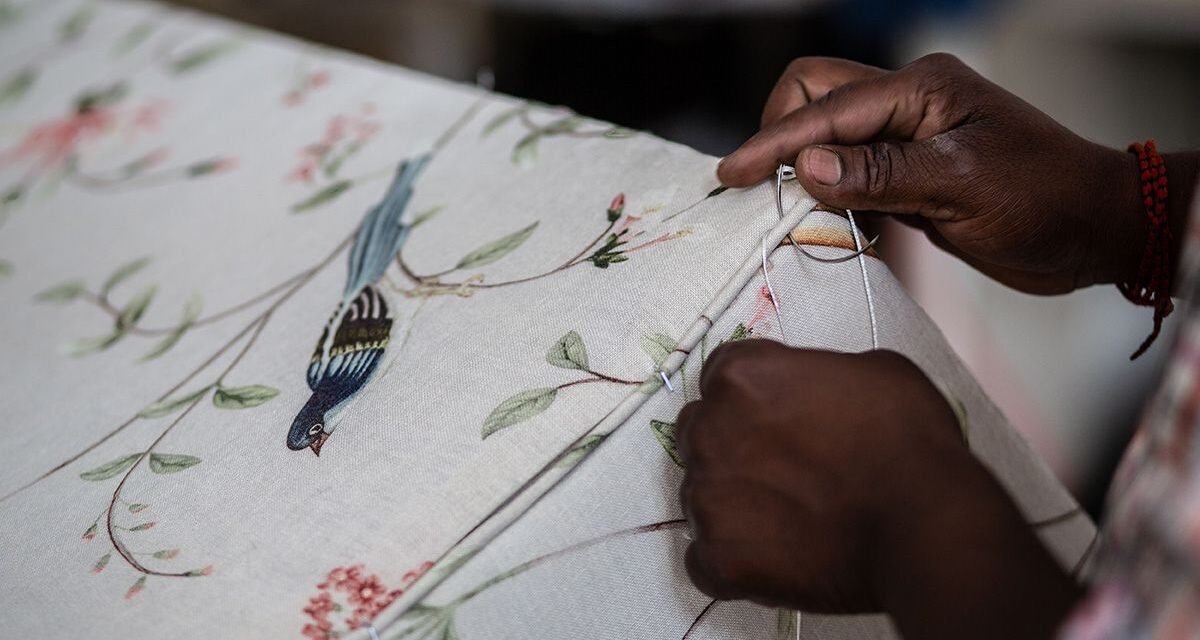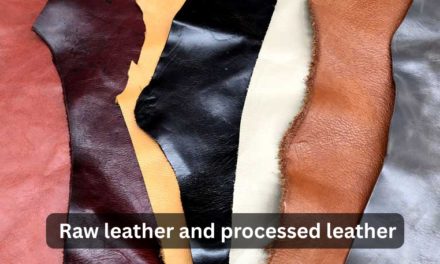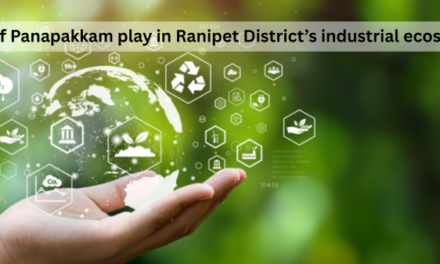Designers are increasingly incorporating sustainability into leather garment designs by adopting eco-friendly materials, innovative techniques, and ethical practices. This approach reduces the environmental impact of leather production while meeting the growing demand for sustainable fashion. Below are the main strategies designers use to integrate sustainability into leather garment designs:
1. Sourcing Sustainable and Ethical Leather
Designers prioritize sourcing leather that minimizes environmental harm and upholds ethical standards. Key methods include:
- Vegetable-Tanned Leather
- Uses natural tannins from plants (e.g., bark, leaves) instead of harmful chemicals like chromium salts.
- Results in biodegradable leather with a lower environmental impact.
- Produces rich, natural finishes ideal for premium leather garments.
- Chrome-Free and Metal-Free Tanning
- Replaces traditional tanning methods with synthetic or organic tanning agents.
- Reduces toxic chemical pollution and health risks for workers.
- Byproduct Leather
- Ensures leather is sourced as a byproduct of the meat industry, minimizing waste and avoiding exclusive farming for hides.
- Ethically Sourced Leather
- Designers partner with tanneries certified for sustainable and ethical practices (e.g., Leather Working Group (LWG)).
- Ensures humane treatment of animals and traceability in the supply chain.
- Upcycled and Recycled Leather
- Incorporates leather offcuts, scraps, or old garments into new designs, reducing waste.
- Examples: Creating patchwork jackets or accessories using leftover leather.
2. Using Leather Alternatives
To align with vegan and sustainable fashion movements, designers explore plant-based and bio-fabricated alternatives to animal leather:
- Mycelium Leather
- Made from fungal mycelium (mushroom roots) grown in labs.
- Biodegradable, cruelty-free, and similar in texture and durability to animal leather.
- Example: Mylo™ leather used by luxury brands.
- Plant-Based Leathers
- Materials derived from cactus, pineapple leaves (Piñatex), apple peel, or cork offer eco-friendly alternatives.
- Lightweight, flexible, and sustainable options for leather garments.
- Recycled Leather Composites
- Leather scraps bonded with natural latex or bio-based binders to create durable alternatives like reconstituted leather.
- Vegan Synthetics
- Designers use PU (polyurethane) and newer water-based synthetics to mimic leather’s texture while minimizing plastic waste.
3. Reducing Waste Through Design Techniques
Designers are adopting methods to reduce material waste during garment production:
- Zero-Waste Pattern Cutting
- Patterns are carefully designed to minimize offcuts and maximize material usage.
- Examples: Creating garments with panels that fit together like puzzle pieces.
- Patchwork Designs
- Scraps and offcuts are creatively pieced together to form unique, artistic leather garments.
- Reduces material waste while adding a distinctive aesthetic appeal.
- Modular Garments
- Jackets designed with removable panels, sleeves, or convertible features allow versatility and extended use.
- Example: A jacket that transforms into a vest or has interchangeable parts.
- Digital Prototyping
- Virtual design tools allow designers to test patterns digitally, reducing the need for physical samples and waste.
4. Eco-Friendly Dyeing and Finishing
Leather dyeing and finishing are significant contributors to pollution, but sustainable alternatives are being adopted:
- Natural Dyes
- Designers use plant-based dyes (e.g., indigo, turmeric, or henna) to achieve vibrant colors without synthetic chemicals.
- Safer for the environment and workers.
- Waterless Dyeing
- Innovative techniques like dry-tanning or dyeing with minimal water significantly reduce water consumption.
- Low-VOC Finishes
- Designers opt for low volatile organic compound (VOC) coatings, which are less harmful to the environment and human health.
- Eco-friendly alternatives include water-based or bio-resin finishes.
- Minimal Processing
- Keeping the natural look and feel of the leather avoids excessive chemicals, embossing, or artificial treatments.
5. Designing for Longevity and Circularity
Sustainable leather garments are designed to be durable, timeless, and repairable, encouraging long-term use and circular fashion.
- High-Quality Craftsmanship
- Designers focus on producing durable garments using strong stitching, reinforced seams, and premium materials.
- Results in pieces that withstand wear and tear, reducing the need for replacements.
- Timeless Designs
- Classic, minimalist styles (e.g., biker jackets, bombers) that remain fashionable over decades encourage longevity.
- Repairability
- Designing jackets with replaceable zippers, buttons, and modular components makes it easier to repair instead of discard.
- Recycling Programs
- Brands offer take-back programs where old leather garments are refurbished or recycled into new products.
6. Ethical and Transparent Supply Chains
Designers ensure sustainability by working with ethical suppliers and tanneries that prioritize environmental and social responsibility:
- Certifications
- Partnering with certified tanneries and suppliers, such as:
- Leather Working Group (LWG): Ensures environmental compliance.
- ISO 14001: Environmental management certification.
- OEKO-TEX®: Certifies leather for chemical safety.
- Partnering with certified tanneries and suppliers, such as:
- Traceability
- Using blockchain technology and digital tracking systems to trace leather back to ethically managed farms and sustainable tanneries.
7. Incorporating Renewable Energy and Low-Impact Manufacturing
Sustainable leather garment production includes reducing energy consumption and adopting renewable energy sources:
- Solar-Powered Tanneries
- Tanneries and factories integrate solar panels or biomass energy for operations.
- Energy-Efficient Machinery
- Advanced equipment reduces power usage during cutting, stitching, and finishing processes.
- Closed-Loop Systems
- Recycling water and chemicals during tanning minimizes environmental impact.
8. Consumer Education and Awareness
Designers promote sustainability by educating consumers about ethical fashion choices and proper garment care:
- Care Guides
- Offering detailed instructions for maintaining and conditioning leather jackets to extend their lifespan.
- Sustainable Branding
- Highlighting the use of eco-friendly materials, ethical practices, and certifications through branding and marketing.
Conclusion
Designers incorporate sustainability into leather garment designs by adopting eco-friendly materials, minimizing waste, and embracing ethical supply chains. Practices like vegetable tanning, upcycling scraps, and using plant-based alternatives reduce the environmental footprint, while focusing on durability and timeless designs promotes long-term use. These innovations meet consumer demands for eco-conscious fashion without compromising the quality, functionality, and aesthetics of leather garments.
Hashtags
#SustainableFashion #EcoChic #EcoLeather #SustainableLiving #EcoFriendlyStyle #SustainableMaterials #EthicalFashion #EcoFashion #SustainableChoices #EcoConsciousFashion #SustainableLuxury #EcoFriendlyLeather #SustainableConsumption #SustainableInnovation #EcoFriendlyDesign #SustainableWardrobe #EcoFashionRevolution #SustainableProduction #EcoFriendlyClothing







